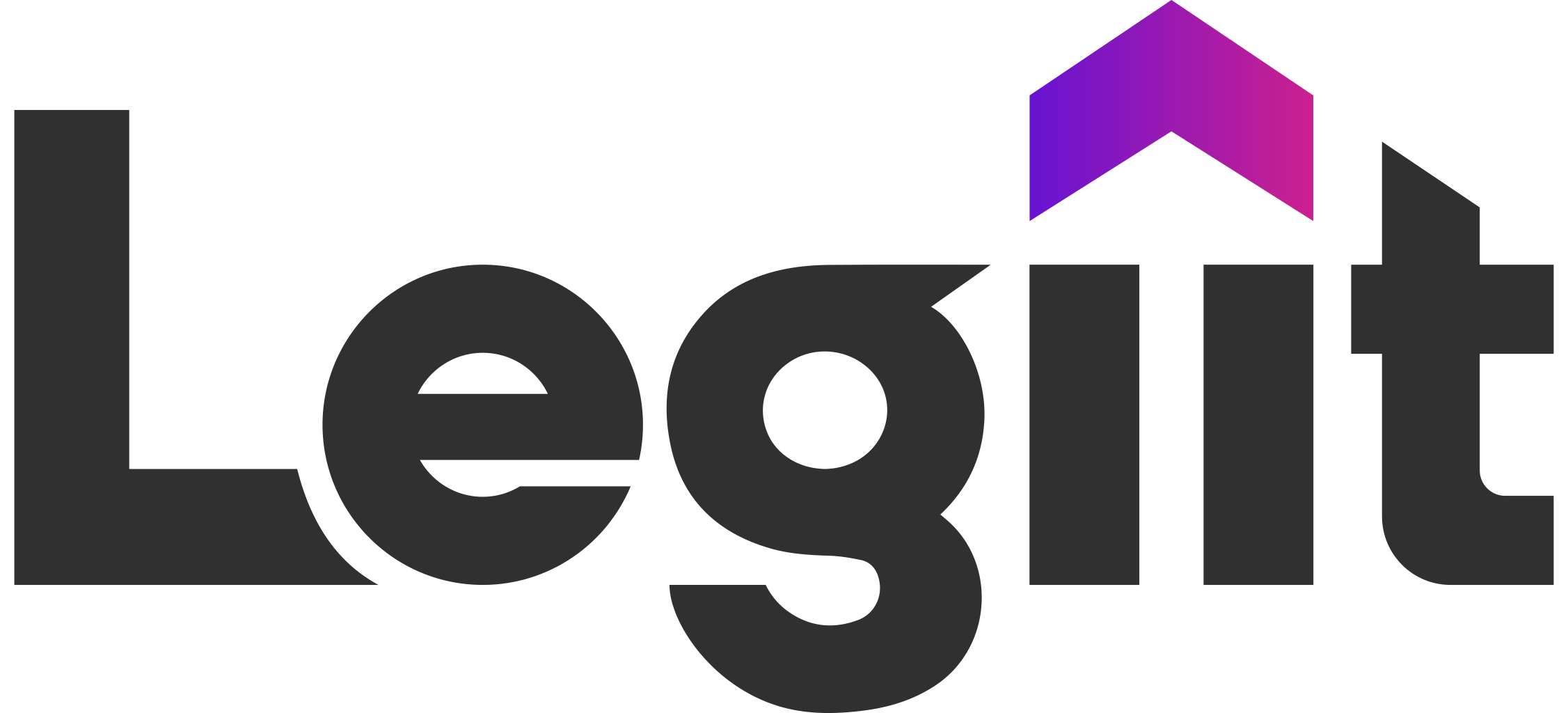A website with a well-organized structure offers multiple benefits.
Better search engine visibility and user experience are two prominent ones.
However, implementing website structure best practices requires careful consideration.
In this guide, we’ll first dive into the basics of website structure.
Then, we’ll talk about optimizing your site structure for maximum search visibility and an optimal user experience.
Let’s dive in.
What is Website Structure?
Website structure refers to:
- How you organize information on your site
- Its navigation design
- The way the pages interlink
The navigation, internal links, breadcrumbs, and other factors collectively form your site’s structure.
You need a logical and visually appealing structure to engage a visitor.
Approximately 4 out of every 10 users won’t engage with your website if its design is unattractive.
Why is a Well-Organized Website Structure Important?
There are two main reasons you need a well-organized website structure.
Improved User Experience
The first, and probably the most important, reason to have a well-structured website is user experience.
More than 85% of people are unlikely to visit your site after a bad experience.
A logical and visually appealing web structure is crucial for engaging visitors.
Here’s how:
Easy Navigation
A well-organized site structure has clearly labeled menus and intuitive navigation.
It helps users navigate important pages on your website with ease.
Quicker Access
A well-organized site structure also creates a satisfying browsing experience.
It makes it easy for visitors to find the information they’re looking for without any delay.
A Clear Hierarchy
Organizing your site into categories and subcategories helps visitors understand the relationship between different pages.
A clear hierarchy improves the accessibility of pages on your site, offering an enhanced user experience.
Better Search Engine Optimization
The SEO benefits of having a well-planned navigation design are many.
Plus, an improved user experience will almost always translate into better search engine visibility.
So, the process of optimizing a site for users and search engines isn’t much different.
Here’s how a well-organized site structure helps with SEO.
Better Crawlability
Crawlability refers to the ability of search engines to discover pages on your site.
In SEO, one of the first things you want to ensure is that your site is discoverable by Google.
A well-organized website structure with proper internal linking and shallow crawl depth aids your site’s crawlability.
Mobile-Friendliness
There are more people visiting websites on mobile phones than desktops or tablets.
It makes sense for search engines to prioritize the mobile version of your site when ranking it.
When your site structure is responsive, it loads correctly irrespective of the device it’s viewed on.
Faster Loading Times
Here’s what Google’s research says about the impact of bounce rate on a slight increase in page load time.

A high bounce rate indicates visitors aren’t engaging with your content.
It also indicates your website isn’t providing the information someone is looking for after landing on it.
A high bounce rate will always result in the downfall of organic rankings.
How does a well-planned site structure help with bounce rate?
By providing an optimal user experience and keeping your site fast.
How to Create a Well-Organized Website Structure
Here’s how you can create a website structure that appeals to users and search engines.
Research Your Competitors
If you don’t have a particular structure in mind, look at what your competitors are doing.
This will help you get an idea of what your target audience wants.
Before working on your site, analyze the top 5 competing sites in your industry and identify their strengths.
Optimize Your Website for People
Many website owners focus more on optimizing their websites for search bots.
It’s important to make sure your website ticks all SEO boxes.
However, you don’t want to compromise on your conversions.
Therefore, optimize your pages for users, not just for search bots.
Use Heading Hierarchy
The structure of individual web pages on your site matters too.
You can have an organized web page by using a heading hierarchy.
It refers to using multiple subheadings (H2, H3, H4, H5, and so on) on a web page.
With this hierarchy, you create a logical structure for search engines and readers.
Use a Shallow Navigation Depth
Navigation depth is measured as the number of clicks it takes to land on a particular page from the homepage.
A shallow navigation depth typically means the page is one or two clicks away from the homepage navigation.
Click depth is an important Google SEO factor.
This means a page on your site has a better chance of ranking if it’s closer to the homepage.
So, use a shallow navigation depth to make your content more accessible to visitors and search bots.
Don’t Add Too Many Links on a Page
You want visitors to explore different pages on your website.
But, you also want to engage them with the content on the page.
Only use internal links when they make sense and add value to your visitor’s journey.
Avoid bombarding a page with lots of links. Keep them to a reasonable number.
As a rule of thumb, consider adding 2 - 3 links per 1000 words of content.
Show Breadcrumbs
Breadcrumbs are another important yet often ignored aspect of website structure.
They offer a mechanism where visitors can navigate to the prior pages in their journey on your site.
Here’s an example:

In this example, the visitor is on a blog post under the “SEO” category on the “Blog” page.
The first point of contact is the homepage.
Use Schema Markup
Schema markup uses predefined vocabulary to describe certain entities on a web page.
Search engines use it to understand your content and rank it accordingly.
It lets you display important information on Google’s search engine.
Here’s an example for the keyword “Chocolate Fudge Recipe”:

In this example, users get some additional information about a recipe, including:
- The source website
- Star rating
- Preparation time
- Ingredients
- Images
Importantly, Google has been recommending its usage since 2014.
Using schema markup helps your chances of getting ranked for target queries.
The concept may sound technical, but you can implement it easily.
Start by checking your site with Google’s Structured Data Testing Tool.
If you’re on WordPress, you can use a free plugin to implement schema markup.
Choose a URL Structure
The URL structure of individual pages on your site impacts its SEO and user experience.
It should reflect the hierarchy of your website.
Let’s say you’re using top-level category pages, low-level category pages, and product pages.
The ideal URL format would be something like this:

- The top-level category represents broad topics
- The low-level category gets into specific subtopics or subcategories
- Product pages showcase individual products or blog posts
An optimized URL structure creates a logical path for visitors and search engines.
It’s similar to the hierarchical breadcrumb navigation.
However, it doesn’t work for all types of websites.
It’s unsuitable for a site with a lot of categories and internal links.
Wikipedia is a perfect example.
In such a case, you can directly use the product page after the domain name.
Like this:

Have an Internal Linking Strategy
Internal links are like shortcuts on your site, directing visitors from one page to another.
Having an internal linking strategy is important for two major reasons:
Easy Navigation and Content Discovery
Proper internal linking helps your content’s discoverability.
This means anyone landing on your site should know where to find relevant information.
For instance, let’s say you have a blog post on healthy smoothie recipes.
An internal link to another blog post on “Green Smoothie Recipe” can prolong visitors’ stay on your site.
Your site’s bounce rate also depends on how effectively you implement internal navigation.
However, there should be a purpose behind every internal link you add to your site.
Your goal should be to add value, not overwhelm visitors with a lot of additional information.
SEO Boost
Search engines like Google follow internal links on your site to understand its structure and content.
Plus, every page on your site has a certain ranking power, based on factors like the quality and quantity of backlinks pointing to it.
You can use internal linking to transfer the ranking power of a page to another important page.
Create a Sitemap
There are two types of sitemaps:
- HTML sitemap
- XML sitemap
An XML sitemap is a file that contains all the important technical details about web pages on your site.
It helps search engines efficiently crawl your website and rank it in search results.
An HTML sitemap, on the other hand, is meant for visitors.
It consists of a comprehensive list of links to various pages on your site, providing an overview of your site’s structure.
Thankfully, creating both types of sitemaps is straightforward.
If you’re on WordPress, you can create both with a plugin like Rank Math or YOAST SEO.
Run Audits
Site audits will help you uncover technical issues that might be preventing your site from ranking on Google.
With testing, you can identify the aspects of your strategy that need improvement.
Start by solidifying your site’s fundamentals. Check your Google Search Console to see if any of your pages aren’t indexed.
Make sure all your pages are indexed on Google.
Other potential structural issues include:
- Broken pages (404 pages)
- Orphan pages (Pages with no internal links)
- Duplicate content
- URL issues
- And more
You can also use more powerful tools like Audiit to get in-depth audit reports for your website.

Conclusion
Your website’s structure, navigation, and design impact its SEO and how users engage with it.
A well-organized website structure helps visitors find what they need, improving the user experience.
It also prolongs a visitor’s stay on your site, reducing your bounce rate and increasing the chances of conversions.
A well-structured site is also easier for search engines to crawl and understand.
So, a well-organized website structure isn’t only good for visitor engagement, it also helps you get more search visibility.














 Download
Download